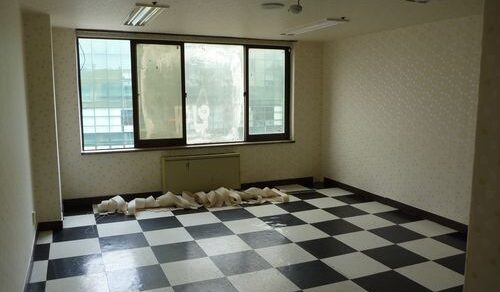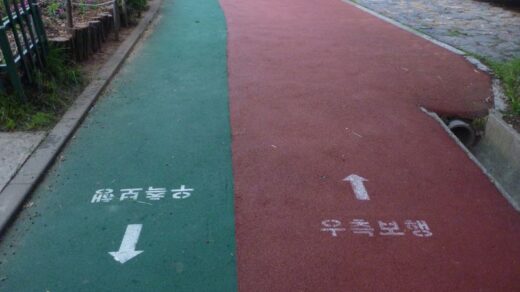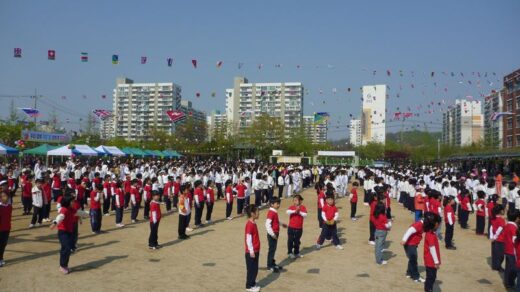I've posted several short articles on Korean layout in this set of tips, including Cardinal Rules of Korean-Language Layout, Korean Layout Rules for MS PowerPoint and Spacing Issues in MS Word.
In this post, I introduce some font handling advice to improve the way Korean-language layout looks to Korean readers. Of course, this won't get you the same font and layout sensitivity my team delivers, but it will help you avoid a couple no-nos.
So here's the scoop…
The Korean fonts come with a set of double-byte punctuation marks to which spaces are added before or after. These extra spaces aren't needed in Korean; indeed, they look bad! You should use single-byte punctuation (i.e. the same marks we use in English).
In addition, Korean fonts include a collection of English letters. However, don't use these, either! Proper font mapping avoids this issue, but if you find that the fonts still aren' t right, switch the English text back to an English font (most likely the font of the source document).
Here's what a string of text might look like if punctuation and English fonts are handled incorrectly:

And here's how it should look:

Korean Translation Tip A – Don't use double-byte punctuation in a Korean translation.
Korean Translation Tip B – Don't use Korean fonts for text that remains in English.



